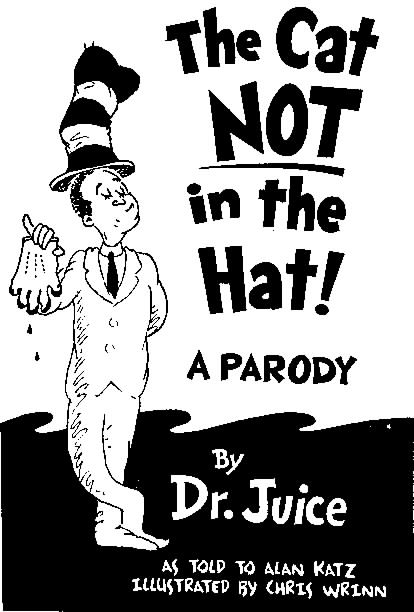In regard to the part of the documentary we got to see about David, it was very heartfelt, humbling, and touching to say the least. Your heart really went out to David in the scene in which it showed him dancing to Ke$ha’s song “We R Who We R.” There he was just a little ten year old boy having fun, as if everything was okay, despite his looming death. It was truly inspiring. But the fact that Ke$ha and her “crew” needed to profit off of this scene of the documentary almost makes me sick. The fact that this scene was almost deleted from the documentary to avoid charges, is terrible, as it definitely is crucial in showing David’s character and strength. There should be some exceptions to copyright, and in my opinion, this definitely should be one of them.
This scene about David reminded me a lot of Katy Perry’s music video for her song “Firework.” It is interesting how one artist can seemingly be so sensitive to the world problems that kids suffer from, while another artist can take away (maybe by accident) so much from that world.
